Considering the area they were caught, these are most likley M. placodops-02. Very nice find!
- Formiculture.com
- Forums
- Gallery
- Members
- Member Map
- Chat

Considering the area they were caught, these are most likley M. placodops-02. Very nice find!
Thanks! Really looking forward to seeing these with workers. I want to try using multiple types of setups as well. In particular a dirt formicarium with ~1in of digging space, which would allow repletes and natural chamber structure without sacrificing too much visibility.
Myrmecocystus placodops (8/16/2021)
The queens I caught in late June all survived and have workers now! I handed off a handful to some fellow ant keepers, but I still have 7 colonies left. The largest are approaching 20 workers now, with lots of brood. I moved one into a mini hearth XL a few days ago, and am hoping that they will get repletes soon that I can photograph.
Here are a few pictures of them as of early August, with their first workers:
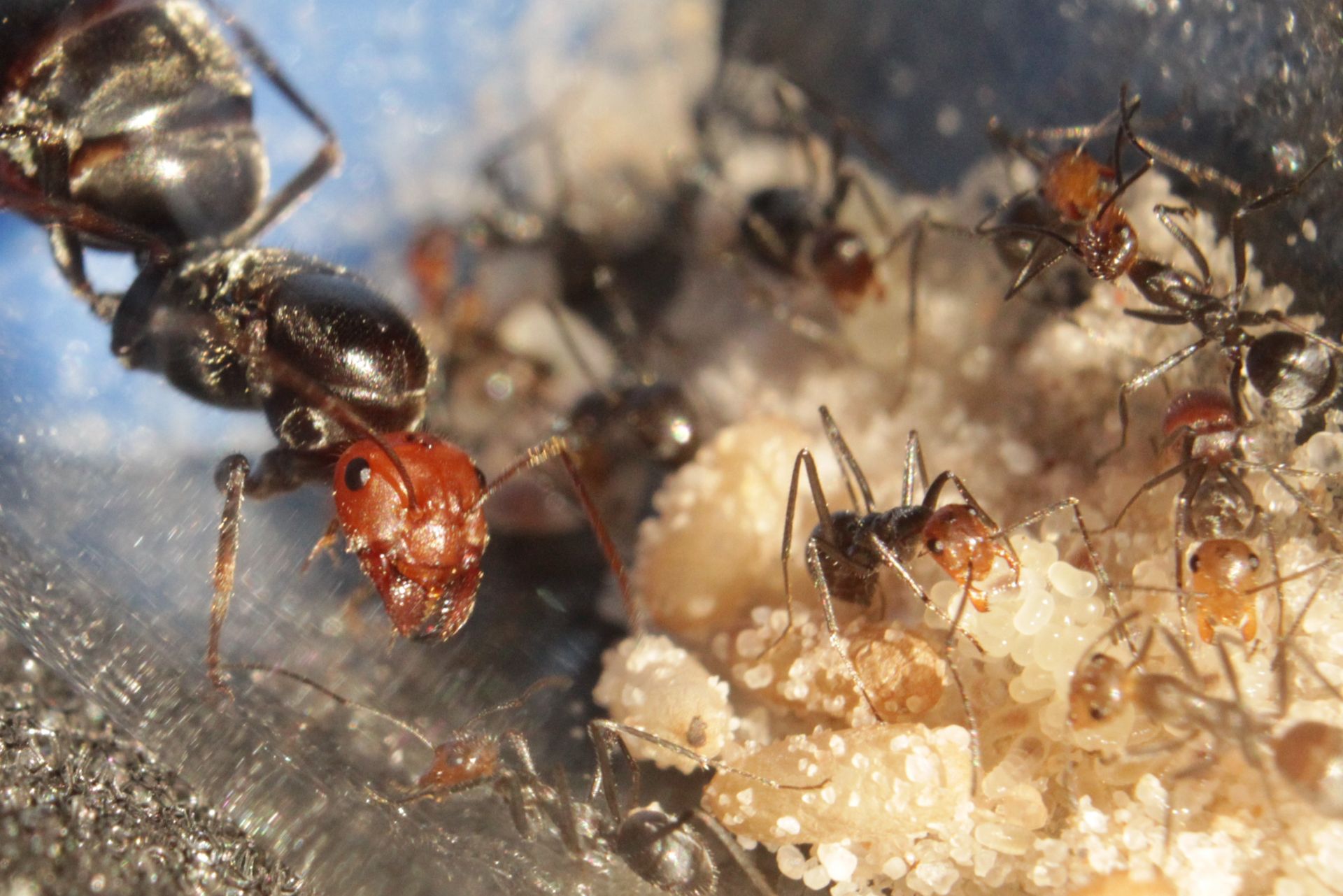
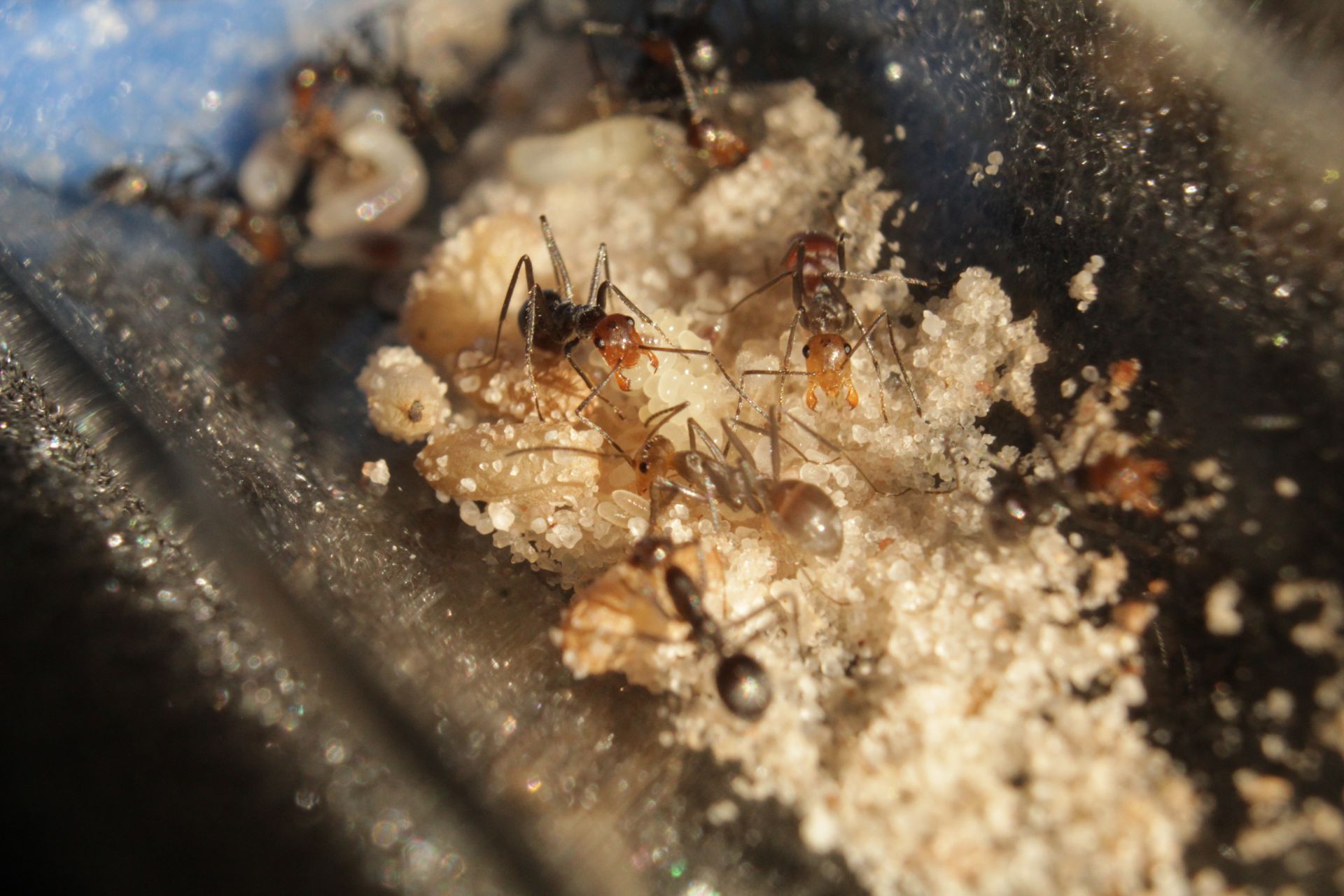
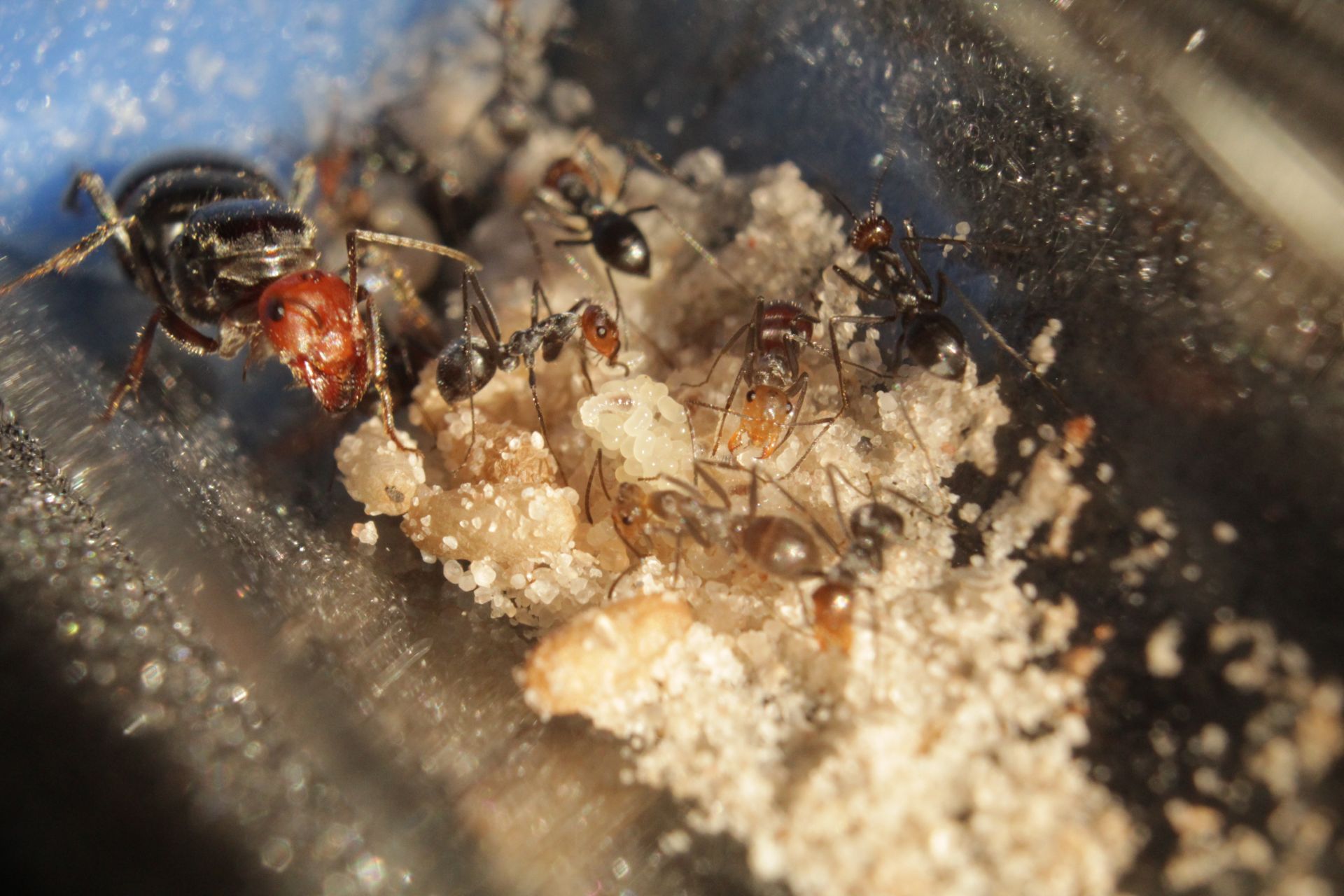
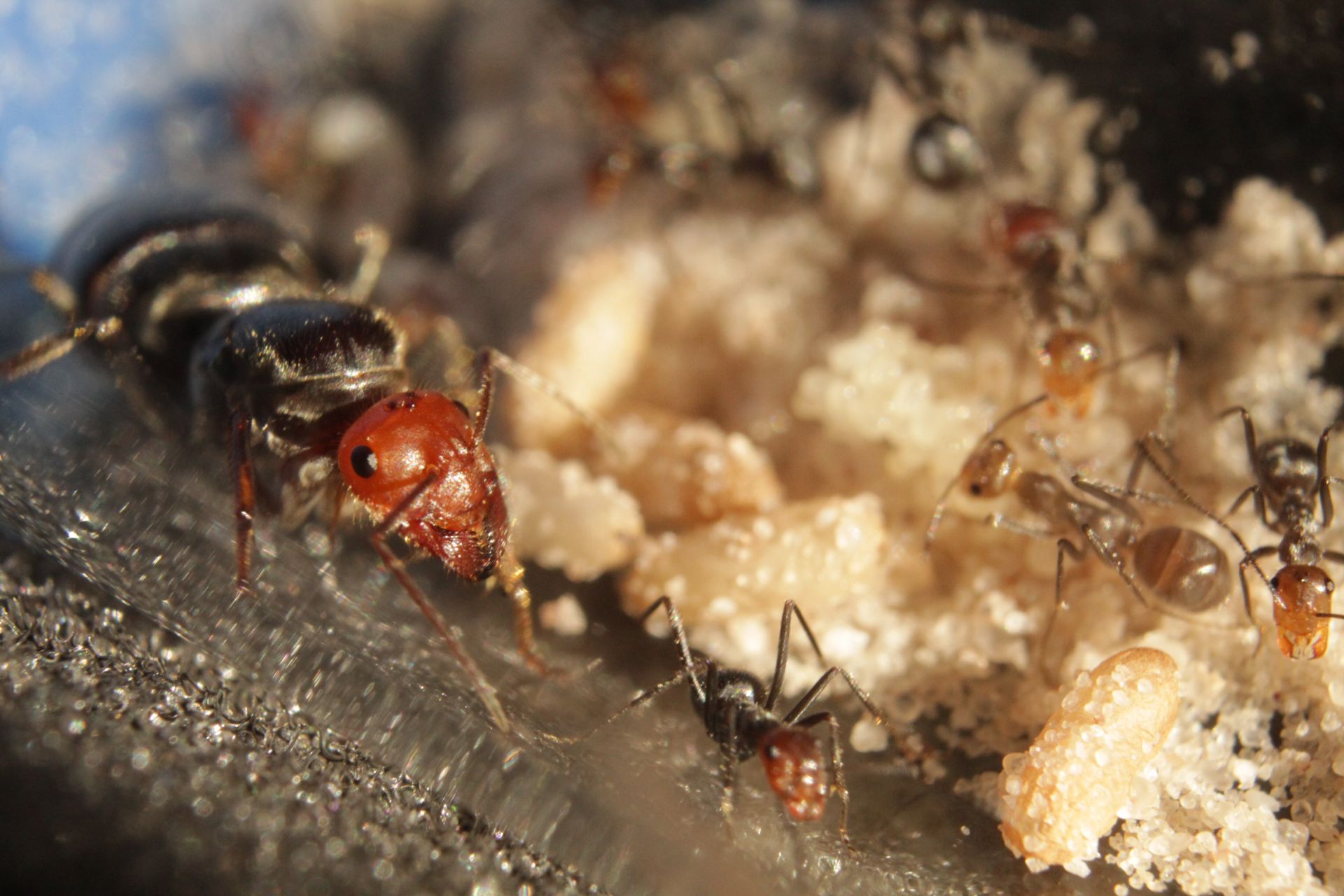
Here's a more recent video of one of the colonies. I've tried feeding them some crushed, freeze dried mealworms that I feed to my harvesters and occasionally to my Myrmecocystus mexicanus colonies. To my surprise, they plopped them right on the larvae and let them do the rest! Will make feeding these a lot easier in the future. Really looking forward to seeing some of the large workers in the coming months!
Acromyrmex versicolor
The original colony is doing amazing. I moved them into a petri dish setup, in order to have easier access to the fungus for boosting new queens. In addition, I got a bunch of new A. versicolor queens from a few people after the recent rainstorms in the desert. I boosted them with some fungus, and grouped them in groups of 2-8 queens per setup. So far, they have been doing pretty well. I noticed that the queens that were kept on their own post-collection fought with each other after being introduced to other queens, whereas the queens that were kept with other queens mingled with the queens they were originally with; as well as any new introduced queens without issue. I found it quite interesting that the post-collection care could affect queens tolerance of one another that much.
Most of the new queen groups have eggs and plenty of fungus now. I'll be sure to take pictures when they get their first workers.
Here is a picture of what the big colony looks like now, with both queens alive and producing:
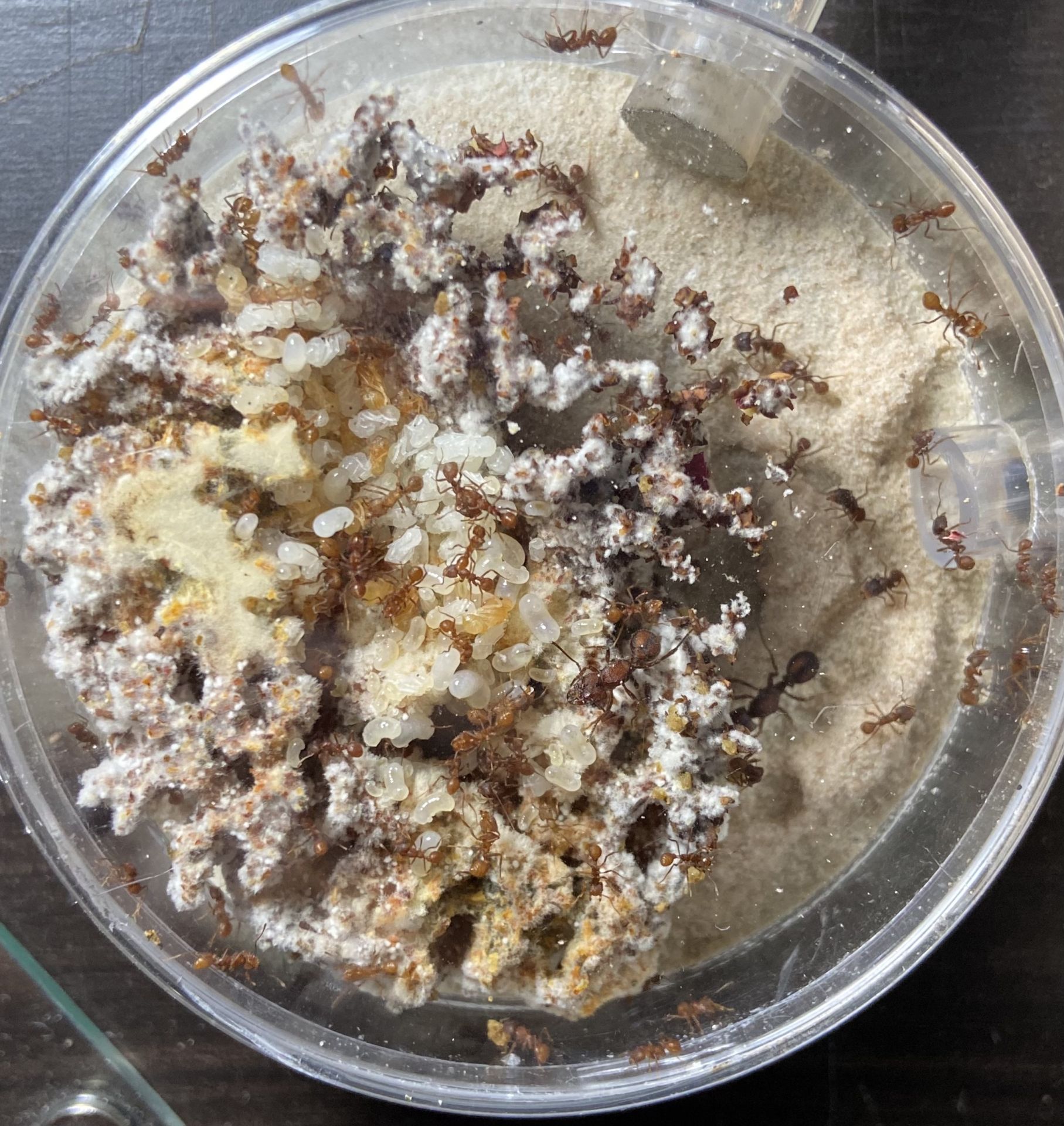
Just like other members' colonies on this forum, these really love dried rose petals. I realized a lot of the rose petals were going untouched, and I think it was due to the size of the tubing that leads into their nest being only 1/4" in diameter. I tore some of these petals up into smaller shreds that would fit through the tubing, and most of them were carted away in a few days.
Myrmecocystus placodops (8/16/2021)
The queens I caught in late June all survived and have workers now! I handed off a handful to some fellow ant keepers, but I still have 7 colonies left. The largest are approaching 20 workers now, with lots of brood. I moved one into a mini hearth XL a few days ago, and am hoping that they will get repletes soon that I can photograph.
What was the the founding success rate?
Edited by JamesJohnson, August 16 2021 - 8:31 PM.
Well then, would it be fair to say that M. placodops are a better beginner's species than P. imparis? It seems the only extra care you have to worry about is adding heat and some sand, and then as a trade off you don't have to worry about estivation, hibernation, or year two queens not laying. Plus a faster growth rate and bigger (and also true) repletes. I kind of want one, but then I remember I live 250 miles away from the nearest colony of them, so I think I found the problem with my idea. But, if you have the option to choose between them (i.e. availability is no longer an issue) as a beginner's species, what would you pick?
Well then, would it be fair to say that M. placodops are a better beginner's species than P. imparis? It seems the only extra care you have to worry about is adding heat and some sand, and then as a trade off you don't have to worry about estivation, hibernation, or year two queens not laying. Plus a faster growth rate and bigger (and also true) repletes. I kind of want one, but then I remember I live 250 miles away from the nearest colony of them, so I think I found the problem with my idea. But, if you have the option to choose between them (i.e. availability is no longer an issue) as a beginner's species, what would you pick?
I'd definitely go with the M. placodops. Prenolepis are fun little ants, but they take forever to get workers, their flights can be a little weird (90 percent of the queens are concentrated in small mating areas that can be hard to access) and they are a pain to keep past the first year. These gals are a lot harder to find, being isolated to just a handful of places in CA, but they are a lot bigger, faster growing, and less unique in terms of care, overall I'd definitely consider them easier.
I'd imagine Myrmecocystus mexicanus would fill the shoes of M. placodops pretty well since the latter is so hard to find. They are fairly similar care and growth rate wise, and are readily available in California ![]() .
.
Edited by YsTheAnt, August 16 2021 - 10:23 PM.
Correct me if I’m wrong, but wouldn’t a problem with M. mexicanus be their mortality rate? Like if you start with a big colony of them I’d assume they’d be pretty easy but with single queens it seems you’d need a dozen to get a colony going. Although I’ve heard similar things about M. navajo, and now it seems their founding rate is about 80%, so maybe M. mexicanus also has a higher founding rate than before.
In recent years, a lot of people, myself included, have had success rates of 80%+ with M. mexicanus, you most definitely wouldn't need a dozen to get one going ![]() .
.
In recent years, a lot of people, myself included, have had success rates of 80%+ with M. mexicanus, you most definitely wouldn't need a dozen to get one going
.
Well then, even better! I'll definitely be looking for some Myrmecocystus next season.
Myrmecocystus placodops (8/28/2021)
More placodops because I just can't get enough of them, such cool looking ants! I moved three colonies into mini hearths, one of which is seen in this video (caught the queen laying an egg too). All the ones in mini hearths have 20+ pupae and 10-20 workers now. I have two left in tubes as well with ~15 workers and 1 worker as well. I think I'll be moving the 15 worker one into a dirt setup after this next round of pupae ecloses.
Not the best video quality, but I couldn't miss the chance to get one of these queens laying an egg.
That's all for now!
Myrmecocystus placodops (5/7/2022)
Long time no update! Down to just three of these colonies, with most of them being with other ant keepers now. I believe only one of the queens died since the last update, making their success rate 90%. All three colonies are doing well. I have one in a Mini Hearth, another in a Casitas, and one in a bamboo tube nest. The casitas colony is the largest by a considerable margin.
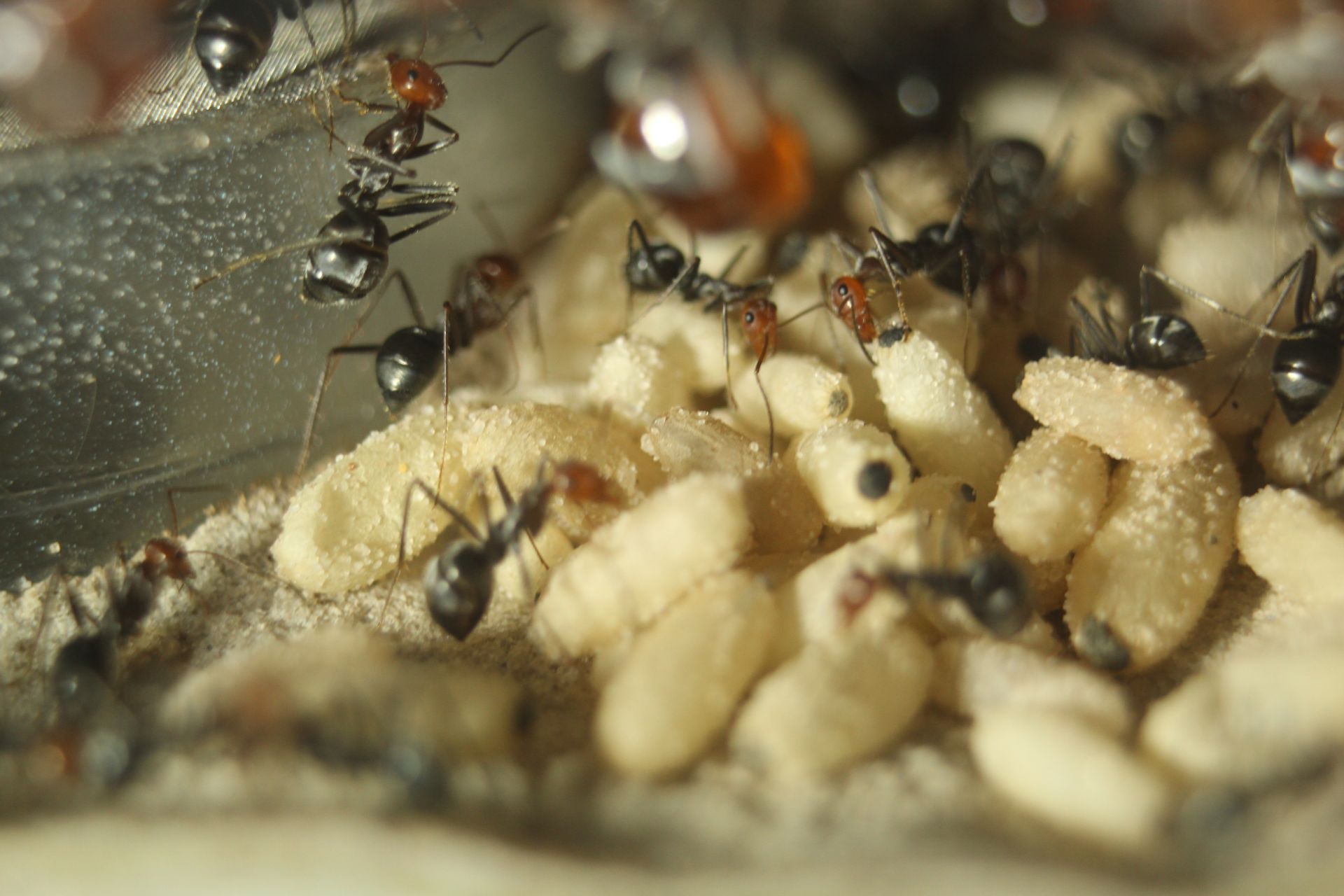
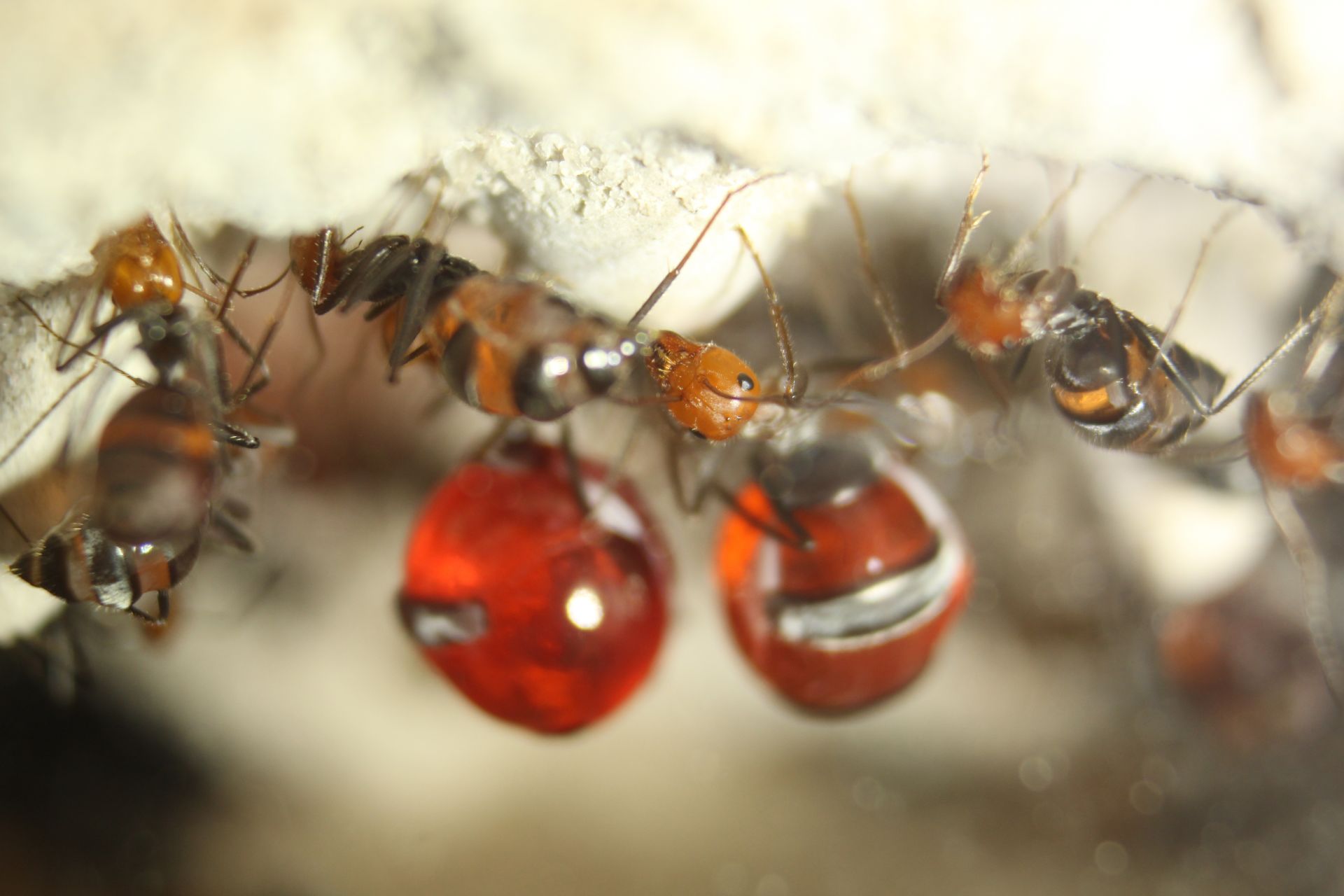
In addition, I received one Myrmecocystus placdops-01, the largest M. placodops variant, from Ants Emporium. This queen is massive, the only Myrmecocystus queen I have that compares to M. mexicanus. She came with lots of brood, and should have her first workers shortly.
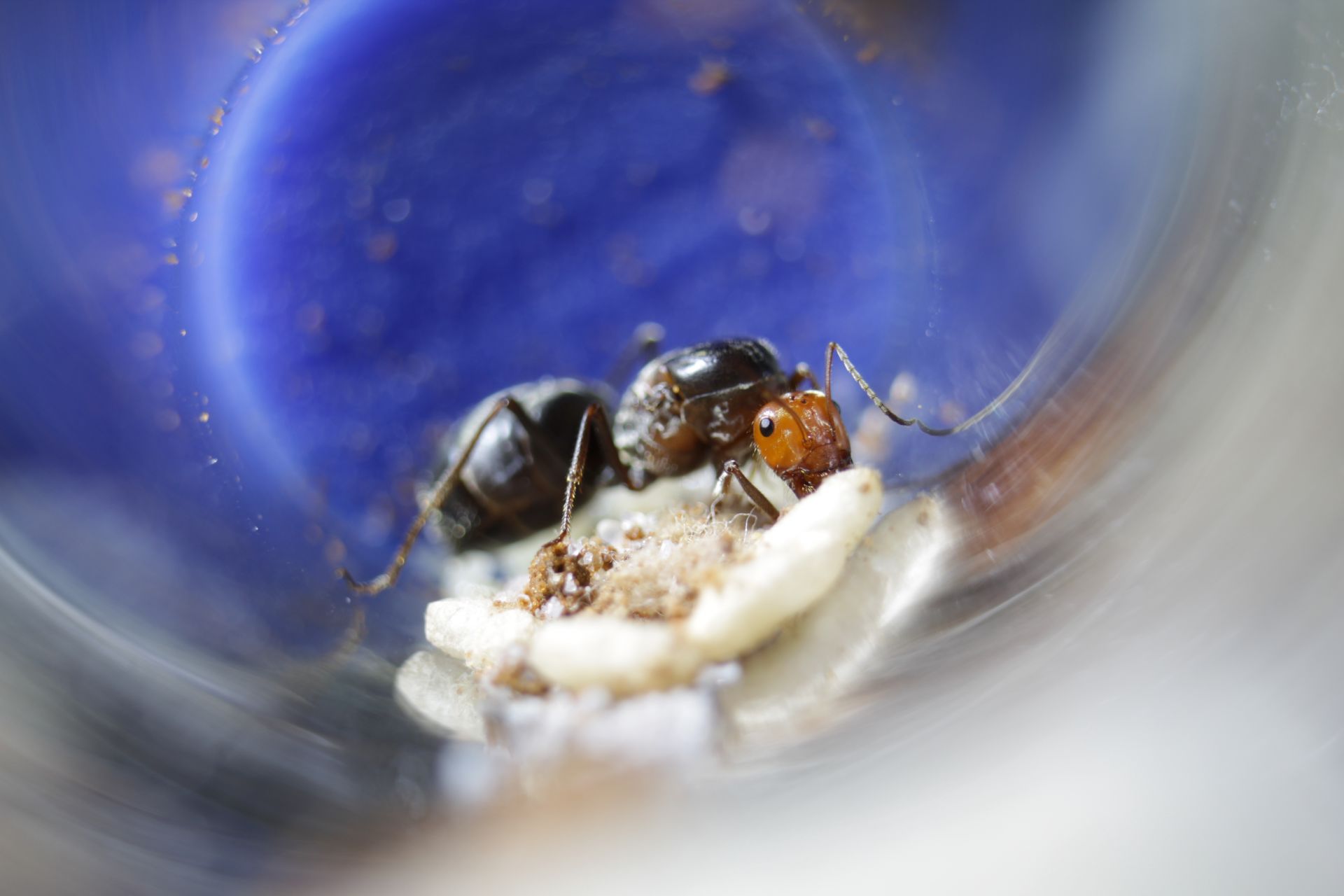
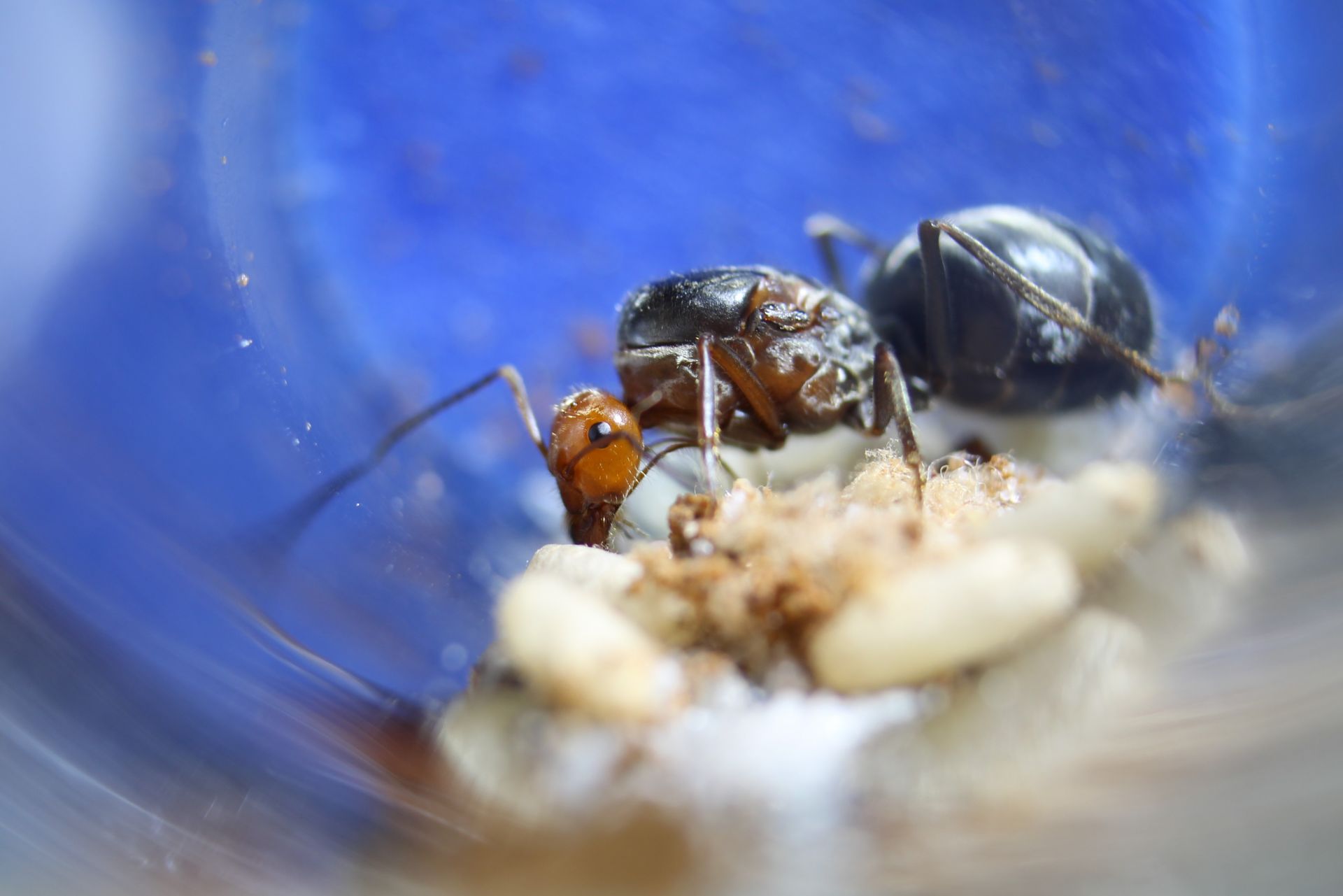
Myrmecocystus semirufus
I bought four of these queens from their recent nuptial flights in the Mojave desert. These are one of the largest honeypot species in California, and are very similar in size to M. placodops. The queens also look very similar, albeit a little lighter in color. I am looking forward to see what the workers look like. They appear to have bright red-orange heads, with mesomas ranging from a purple hue to a light orange. The queens move in an interesting fashion, and make jittery, sporadic movements, kind of resembling Formica in this regard.
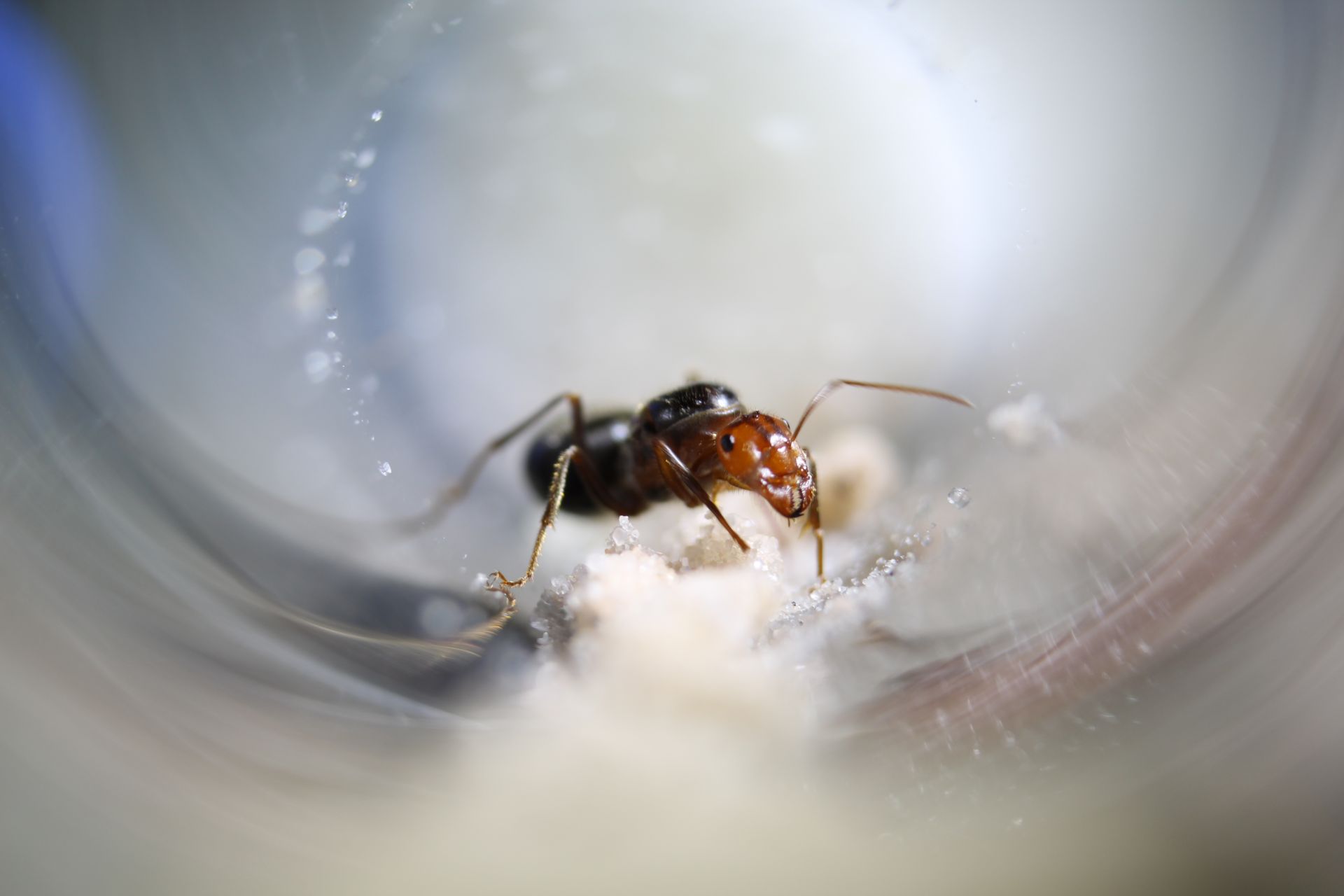
Acromyrmex versicolor
Unfortunately, only one of the colonies started last year is still around.. I believe the low success rate was due to the substrate I was providing them. The rose petals were too large for the tiny workers to cut up and feed to the fungus, resulting in subpar growth for the fungus and colony. After I started shredding the petals into tiny flakes, and the colonies started growing much faster. In addition, I received two small colonies from a friend, which are both growing nicely.
The large colony is still doing really well. I moved them into one of Drew's fungus grower formicaria, and they are now using all three fungus chambers. I started giving them the shredded petal substrate too, which has noticeably helped their growth rate. They will need additional fungus garden space soon.
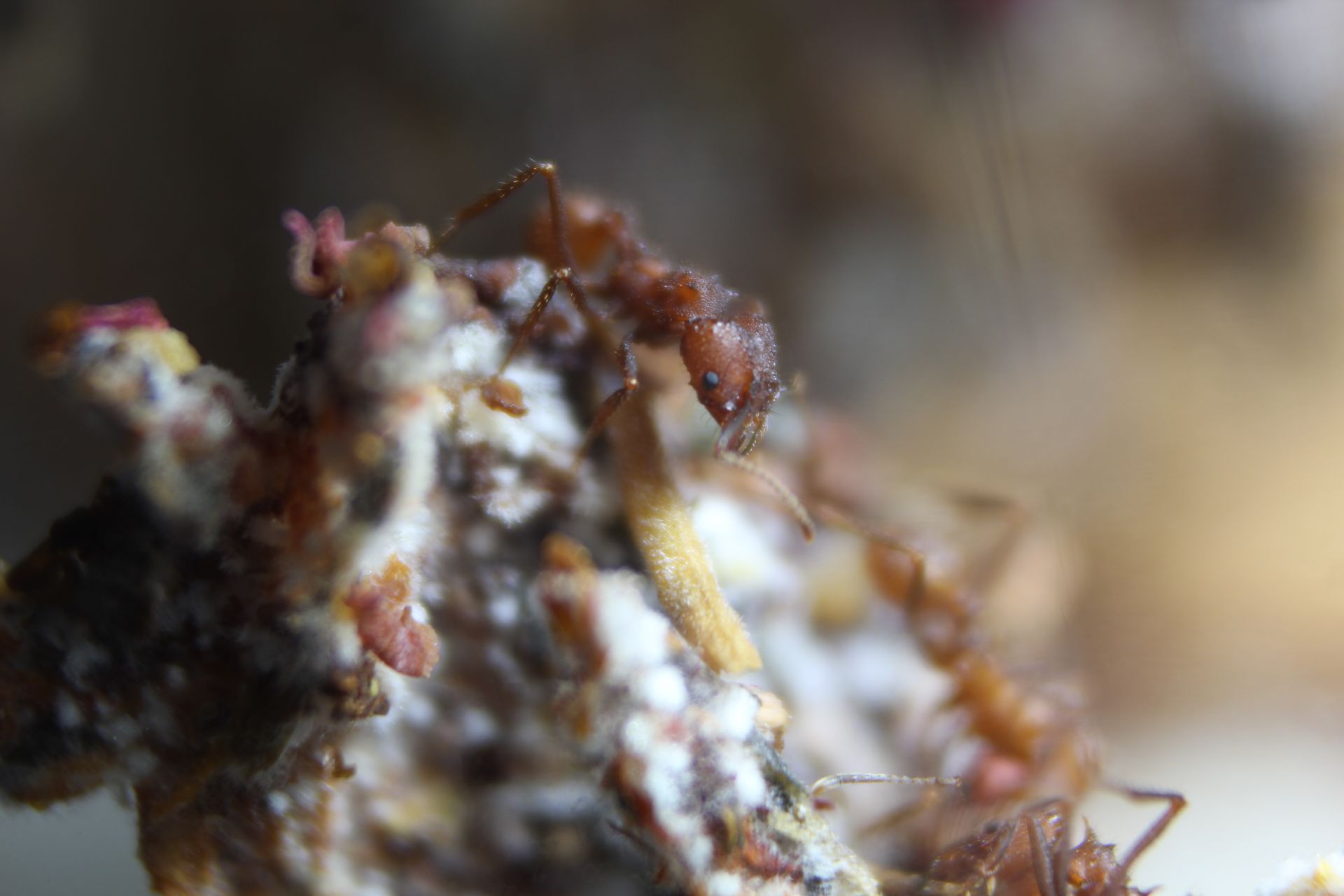
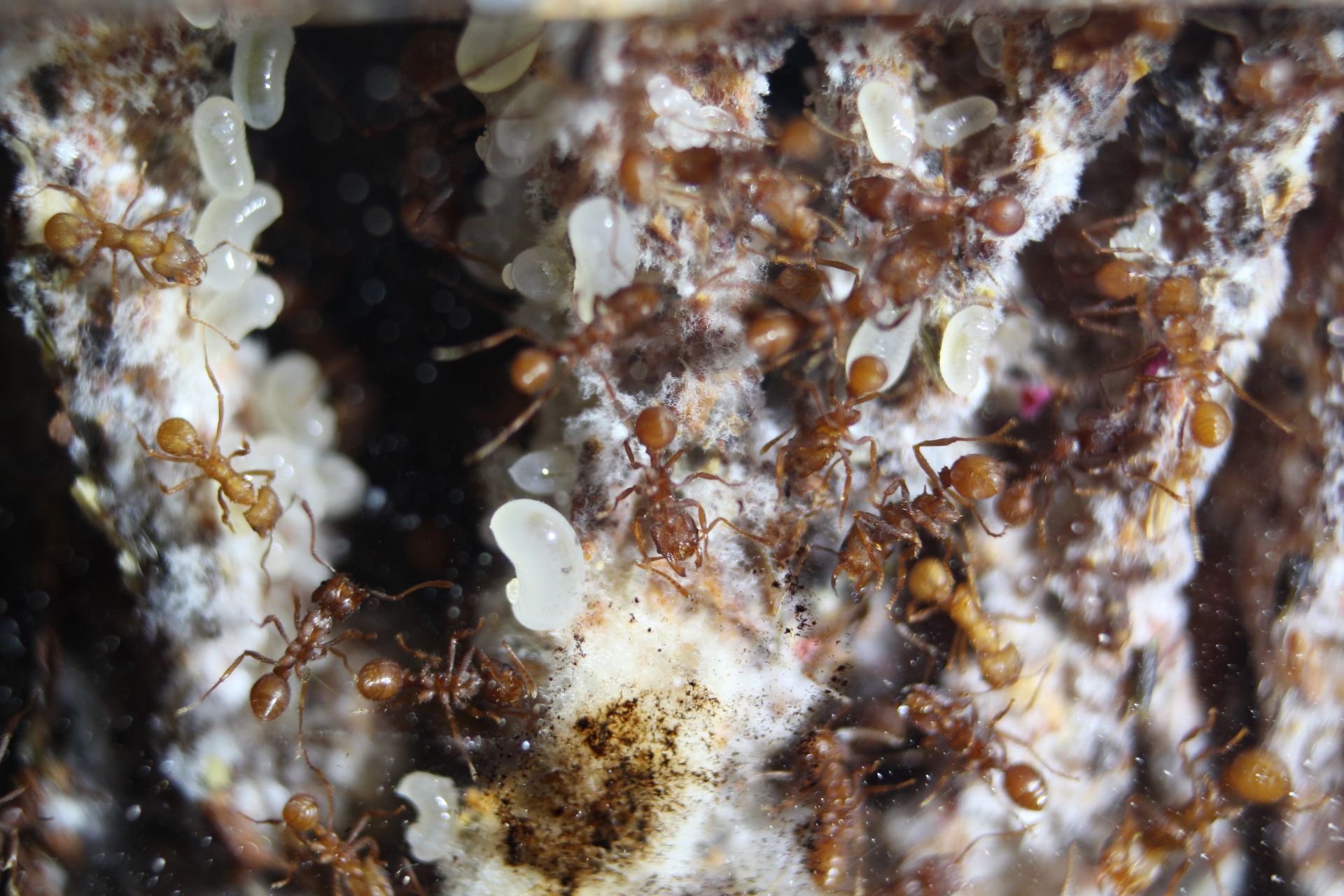
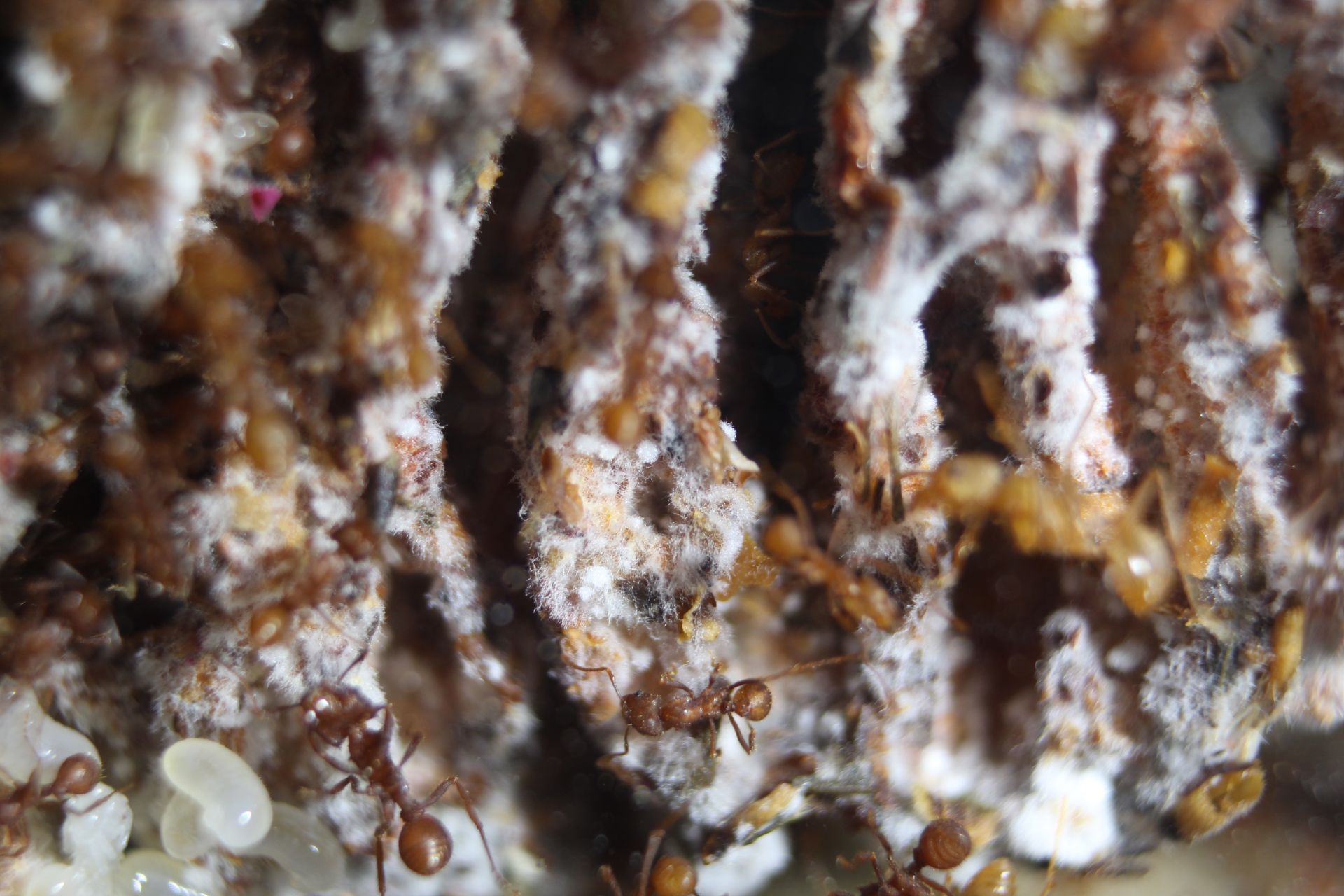
Camponotus ca02
This colony is doing great, and has been growing extremely fast after being taken out of hibernation. They have a couple hundred workers now, and have filled out their Hearth nicely, and will need a larger formicarium in the coming weeks. They are now very difficult to feed, as workers are constantly in the outworld and on the lid. I also noticed some exceptionally large pupae, which I am hoping will be very large majors.
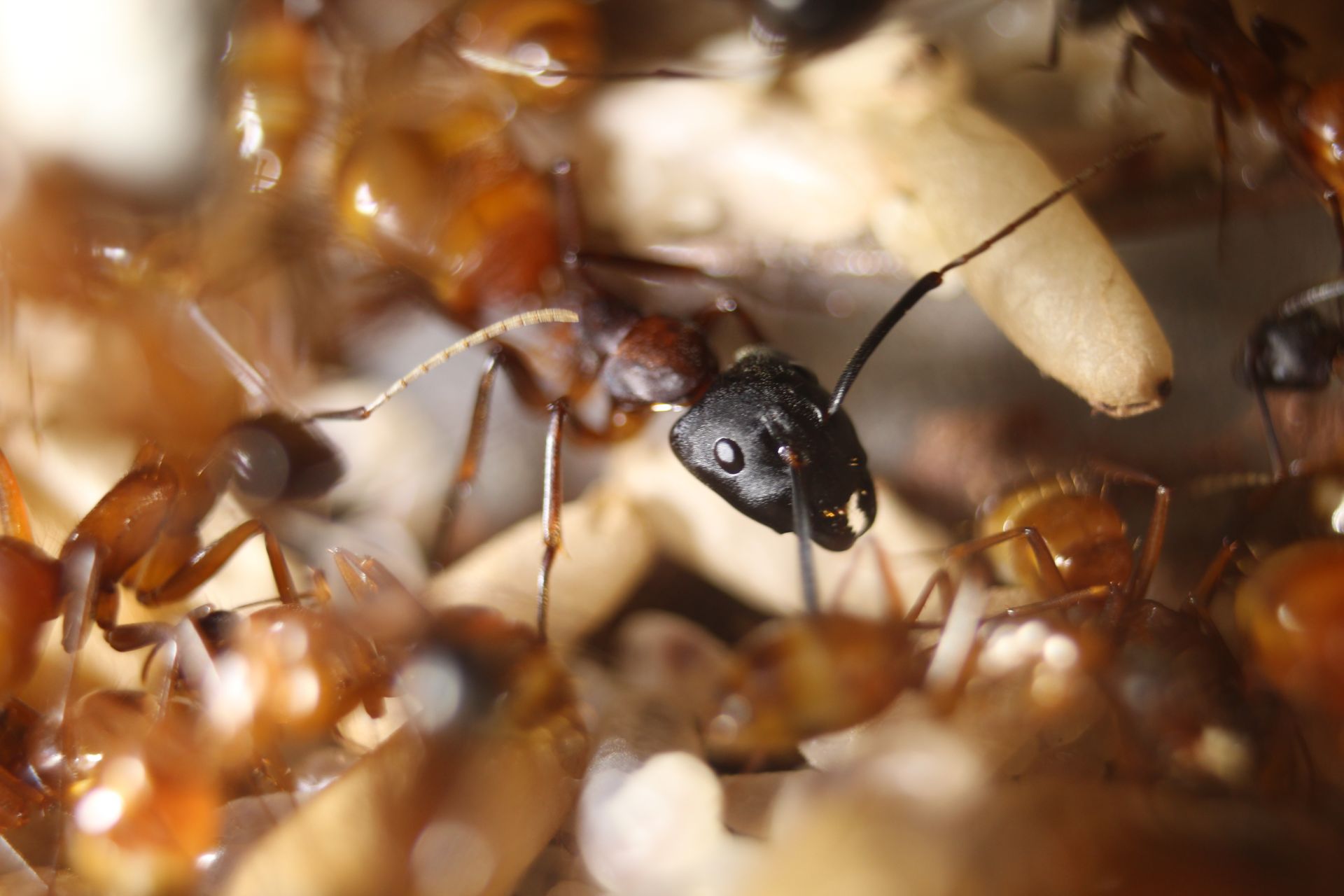
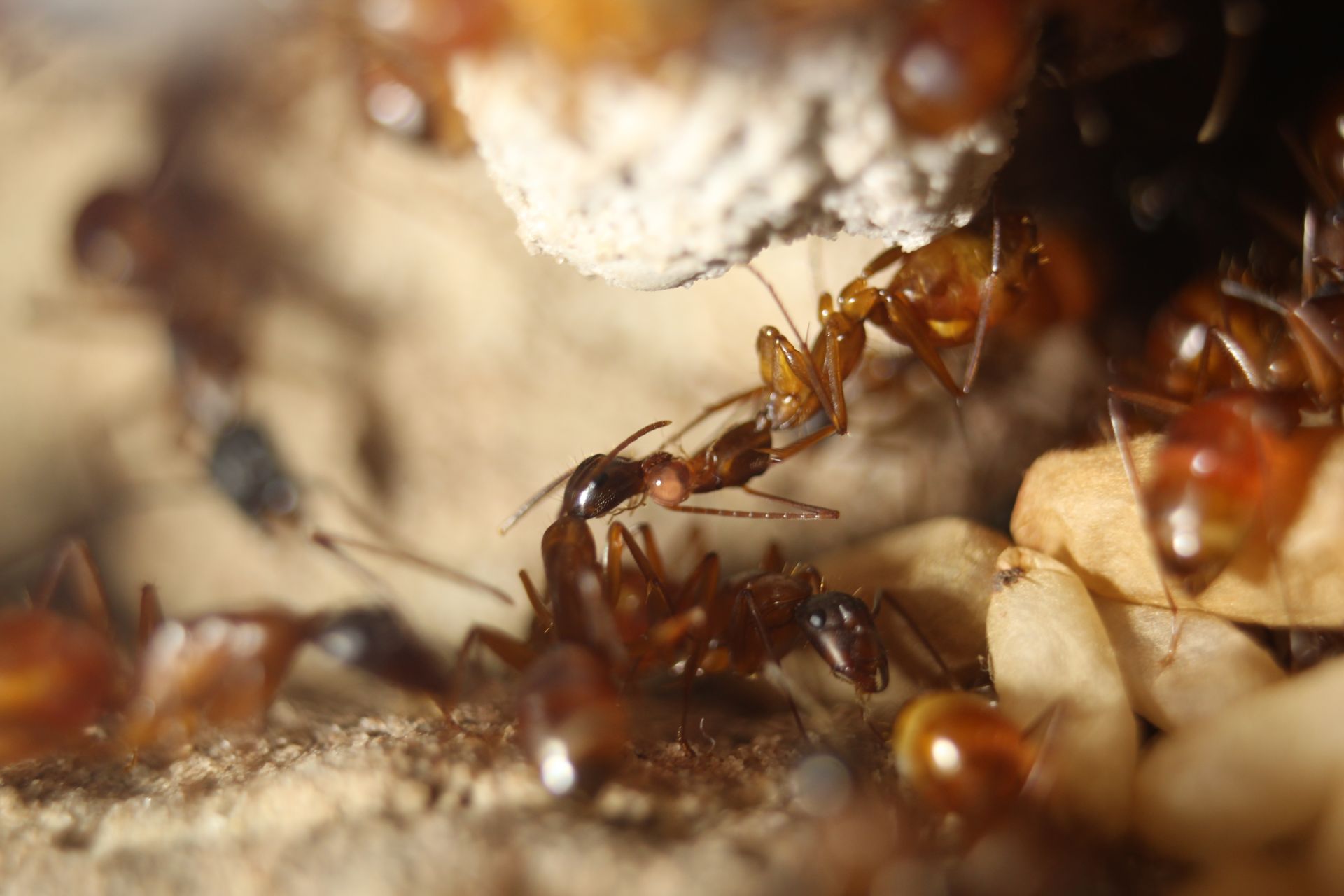
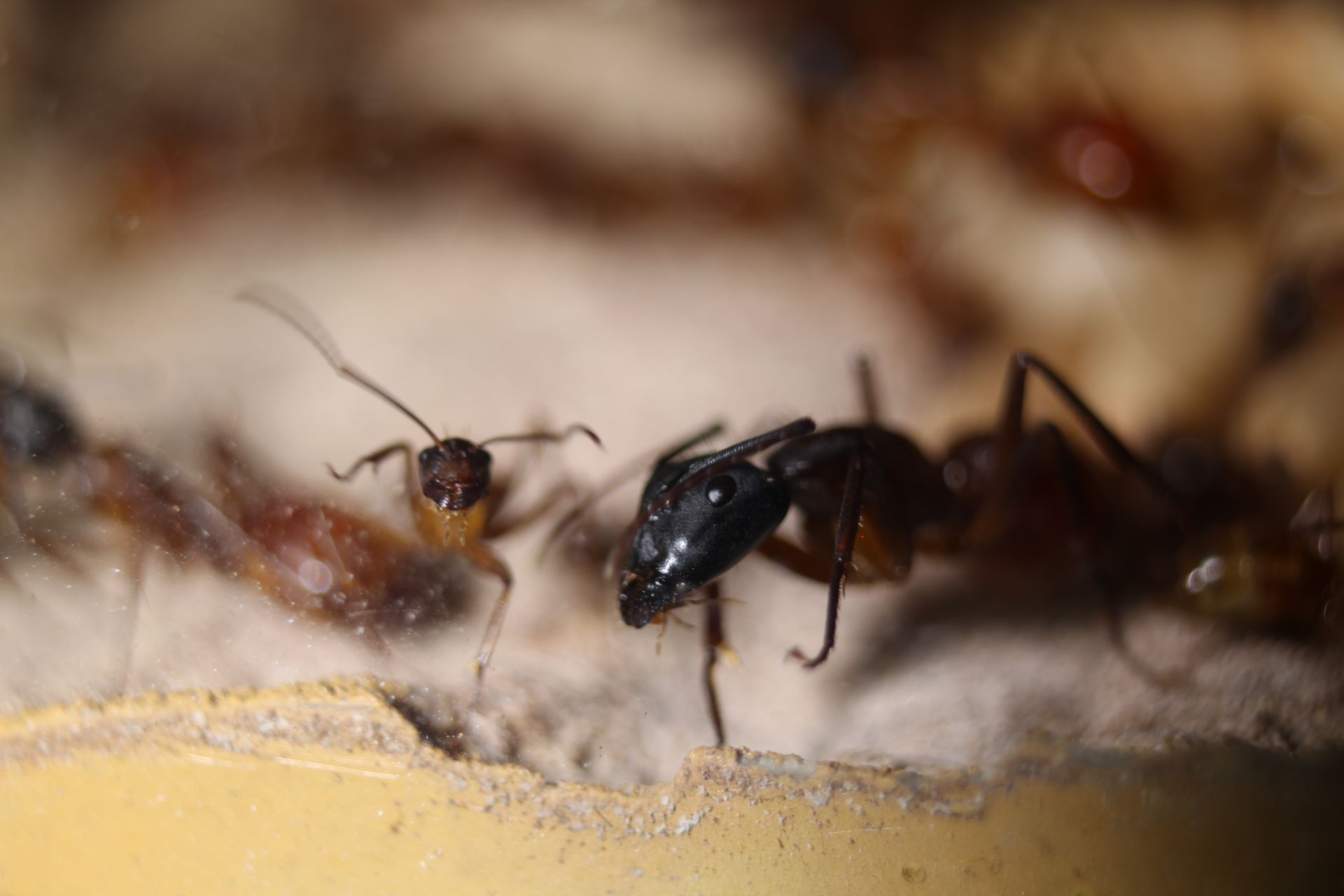
Market Place →
General Market Place →
Acromyrmex versicolorStarted by shuwen2.0 , Sep 14 2025 |
|

|
||
Ant Keeping →
Ant Keeping Journals →
Antz_Straya's Australian AntsStarted by Antz_Straya , Sep 7 2025 |
|
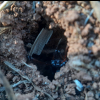
|
||
Ant Keeping →
Ant Keeping Journals →
cooIboyJ's Nylanderia vividula journalStarted by cooIboyJ , Sep 6 2025 |
|

|
||
Anting →
Ant ID Requests →
Camponotus ID?Started by Turtle , Jul 24 2025 |
|

|
||
Ant Keeping →
Ant Keeping Journals →
Ants_Dakota's Camponotus sp. JournalStarted by Ants_Dakota , Jul 13 2025 |
|

|
0 members, 1 guests, 0 anonymous users